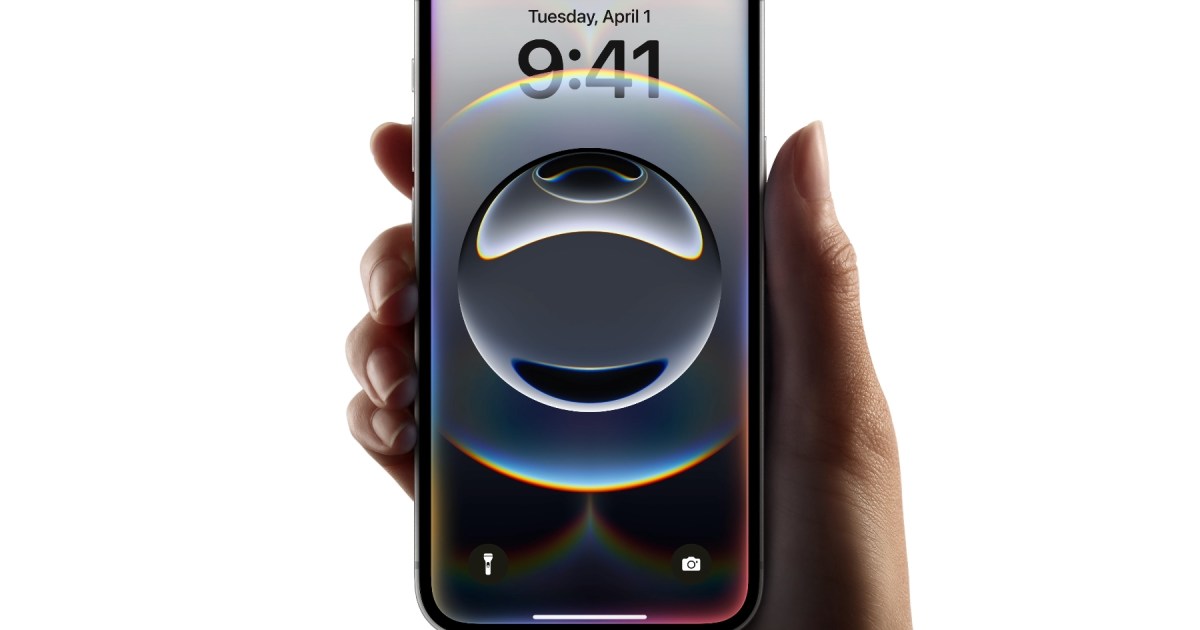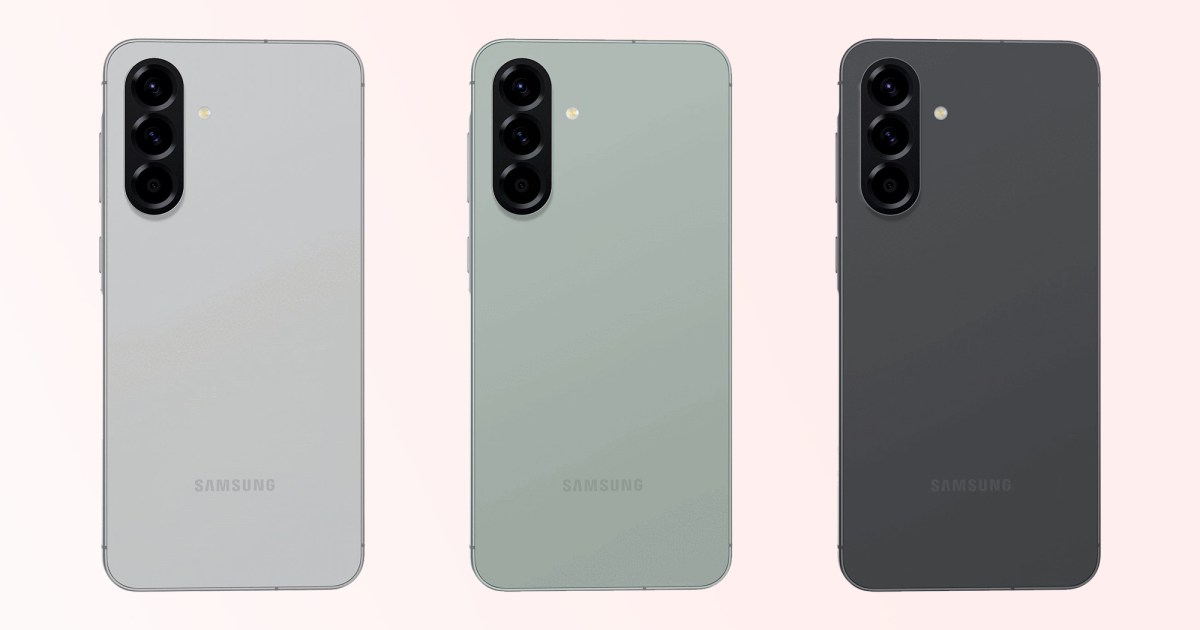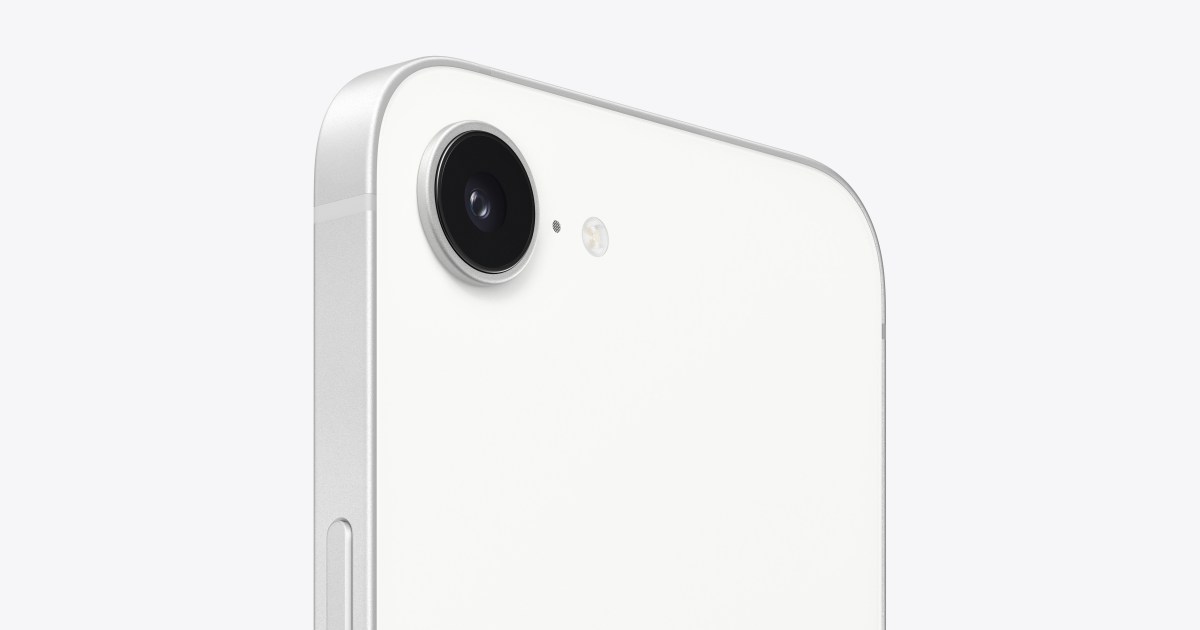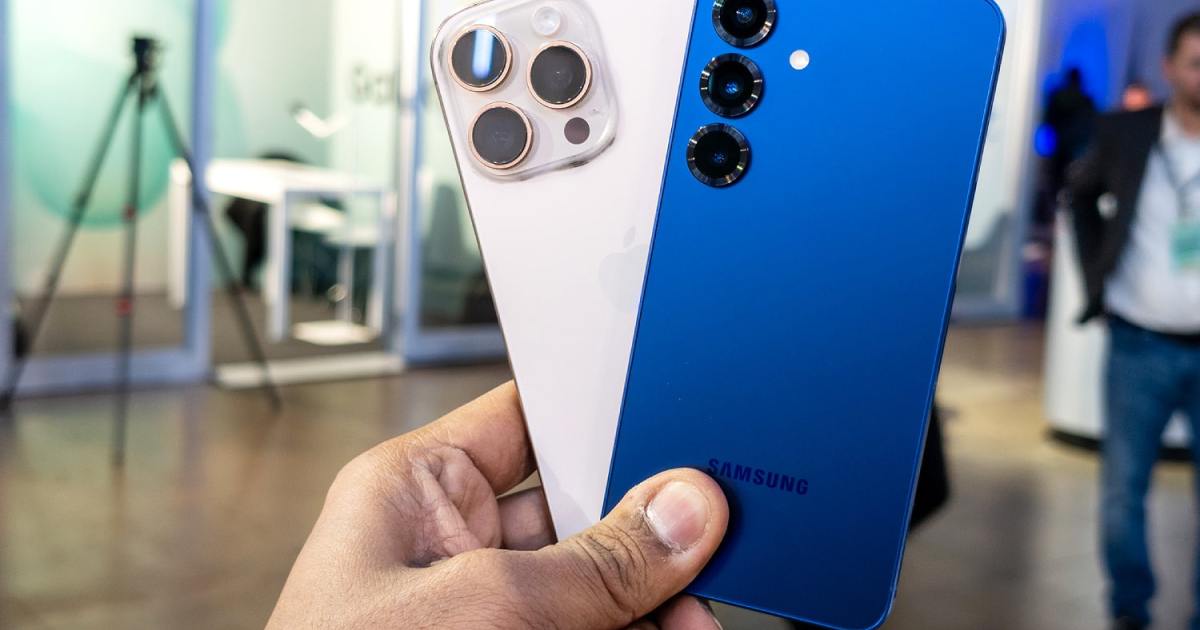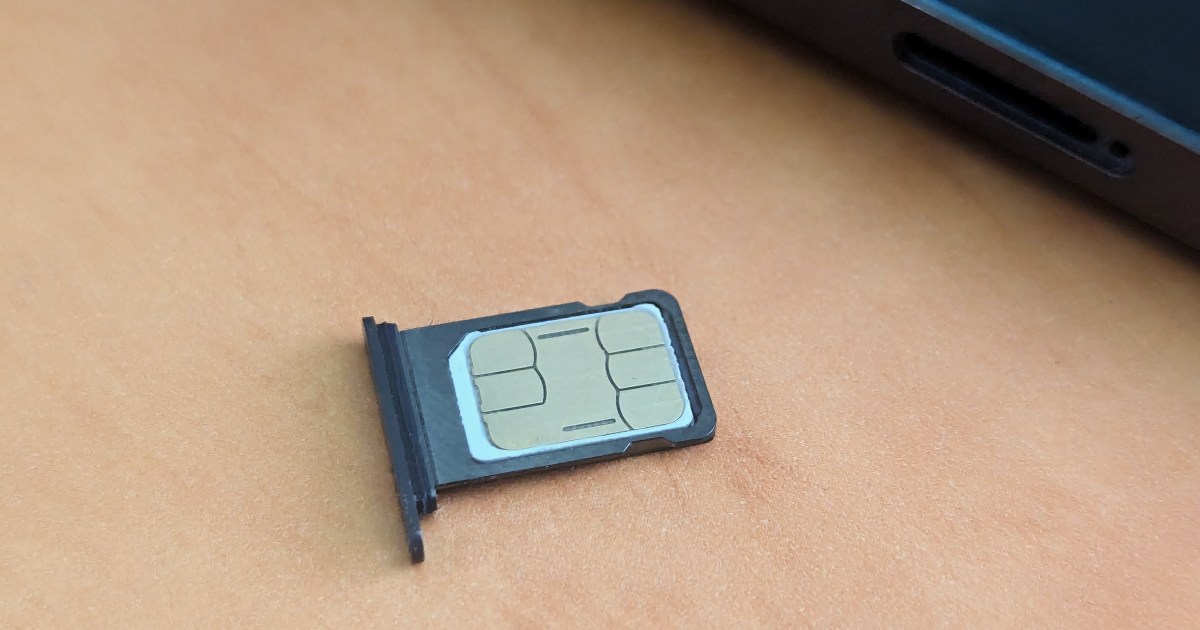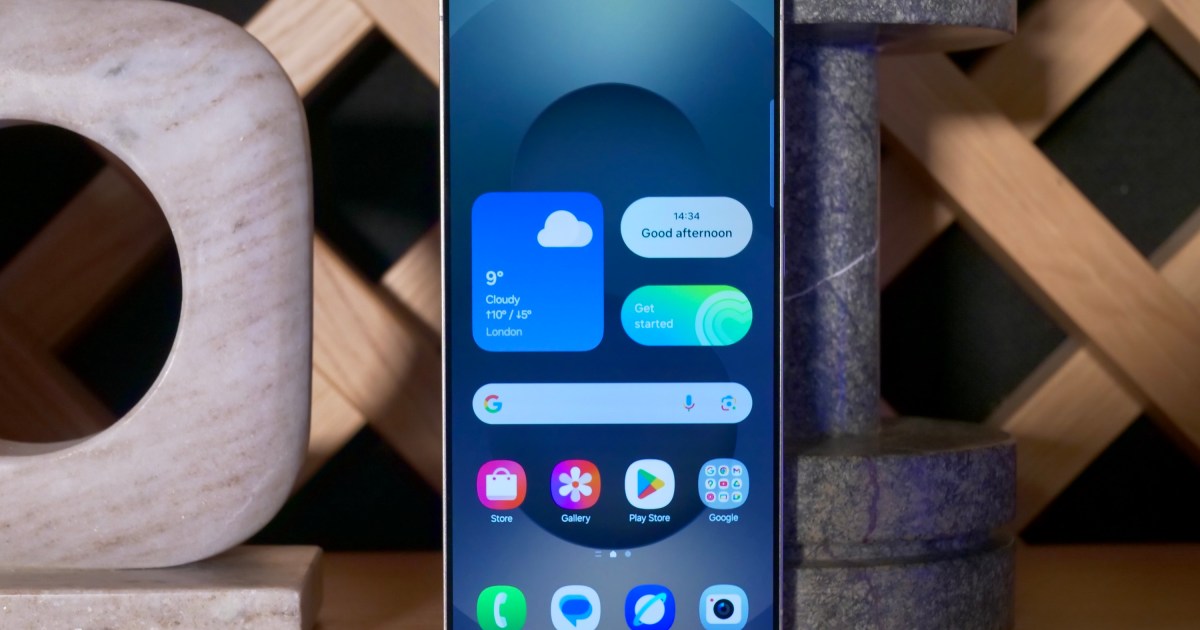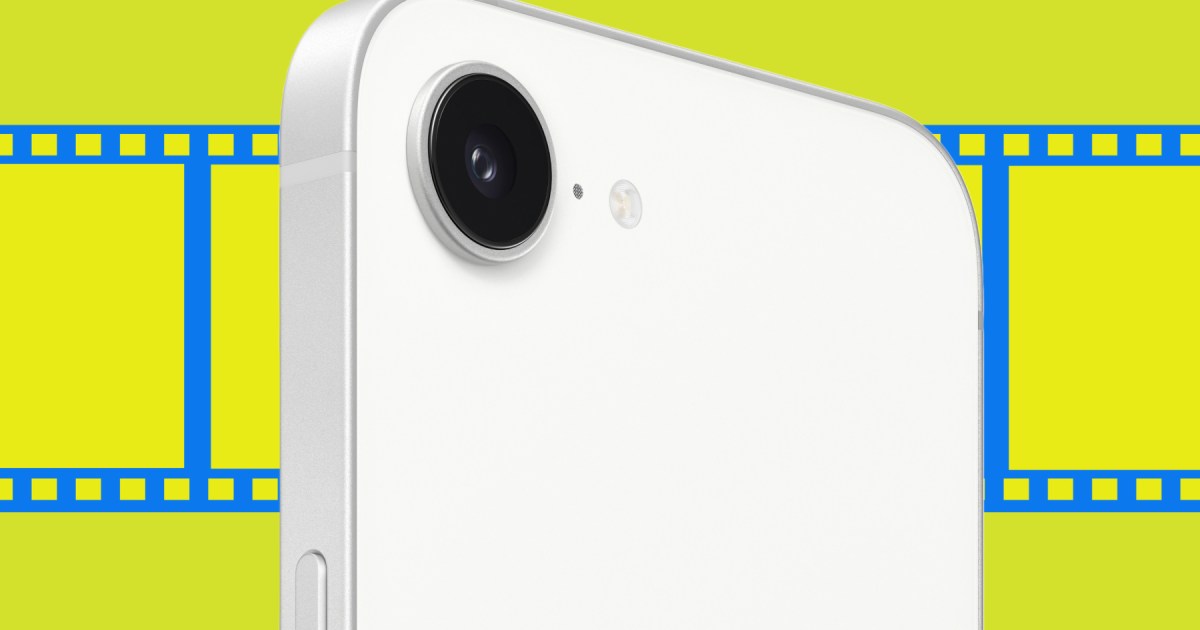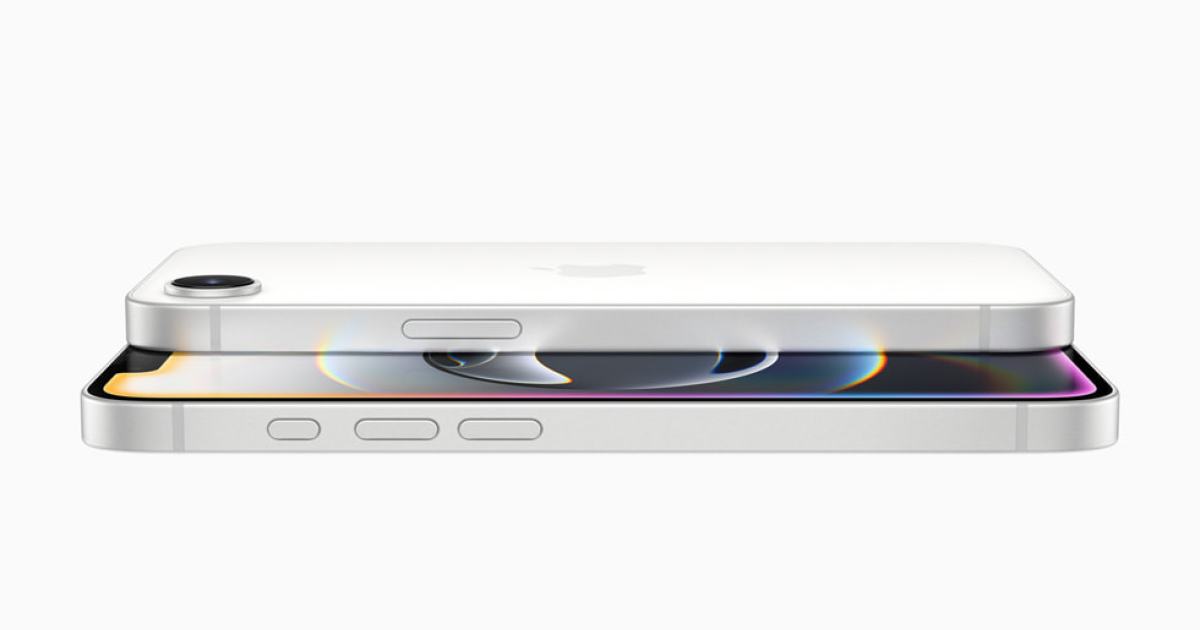Apple’s iPhone 16e presents a curious dilemma. Examining its specifications, it’s difficult to pinpoint its exact place within Apple’s current iPhone lineup. While its name suggests it’s the entry-level model in the iPhone 16 series, its feature set tells a different story. Apple’s competitors, such as Google and Samsung, have successfully established tiered phone models with their A-series and FE-series, respectively. However, Apple’s approach with the iPhone 16e feels like a blend of the iPhone SE, iPhone 14, and iPhone 16, resulting in a device with both advancements and regressions.
The iPhone 16e’s most compelling feature is its access to Apple Intelligence, Apple’s latest AI platform. Given Apple’s heavy promotion of this technology, it’s no surprise that it’s a central feature of the 16e. This focus on AI provides a significant advantage over other smartphones in its price range and is arguably the phone’s most distinctive selling point. Apple’s emphasis on AI for the iPhone 16 lineup was evident weeks before its release. While the initial iPhone 16 launch with iOS 18.0 lacked Apple Intelligence features, subsequent iOS updates (18.1 and 18.2) gradually introduced the core functionality. Further enhancements, including a smarter Siri, are still anticipated in future iOS updates like 18.5.
Apple Intelligence Takes Center Stage, but Features are Compromised
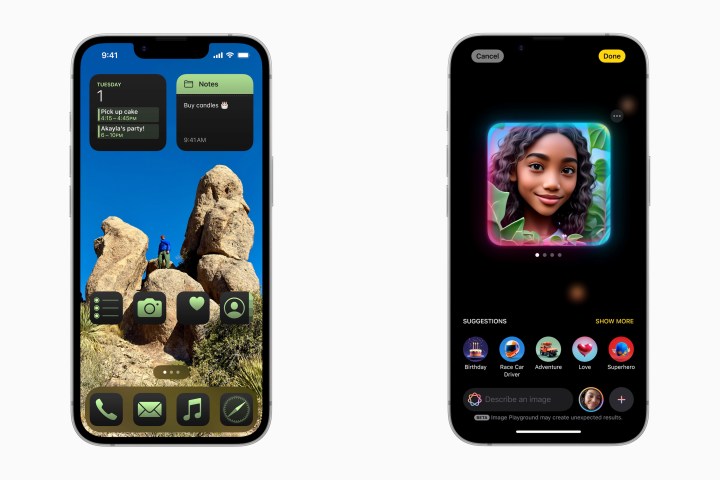 A press image of the Apple iPhone 16eApple has undoubtedly succeeded in delivering an affordable iPhone with Apple Intelligence. However, this achievement comes at the expense of several key features. The iPhone 16e utilizes the iPhone 14’s display, including the notch, and lacks MagSafe charging, an ultra-wideband chip, mmWave 5G support, and features only a single camera. Although this camera is a significant upgrade—the same 48MP Fusion camera found in the iPhone 16—it lacks features like sensor-shift optical image stabilization.
A press image of the Apple iPhone 16eApple has undoubtedly succeeded in delivering an affordable iPhone with Apple Intelligence. However, this achievement comes at the expense of several key features. The iPhone 16e utilizes the iPhone 14’s display, including the notch, and lacks MagSafe charging, an ultra-wideband chip, mmWave 5G support, and features only a single camera. Although this camera is a significant upgrade—the same 48MP Fusion camera found in the iPhone 16—it lacks features like sensor-shift optical image stabilization.
While some of these limitations were present in the iPhone SE lineup, the 16e’s $599 price tag makes them more difficult to justify, especially considering the recent availability of the iPhone 14 at the same price point.
Beyond the obvious differences, like the more powerful A18 chip and the single-lens camera, the iPhone 16e also omits several subtle features that have become standard on iPhones. One notable omission is MagSafe, a feature present on almost every iPhone since late 2020. Its absence on a modern iPhone design shared across the entire MagSafe-compatible lineup is a significant drawback.
A Critical Omission: Ultra Wideband
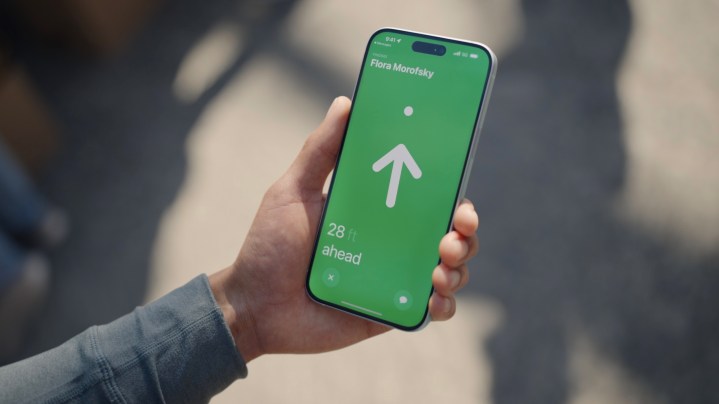 Someone using Find My with an iPhone 15.The lack of MagSafe is not the only significant omission. The iPhone 16e also lacks an ultra-wideband (UWB) chip. Apple introduced the U1 UWB chip with the iPhone 11 and later in the Apple Watch Series 6. This chip was upgraded to a second-generation (“U2”) in 2023 and is included in all iPhone 15 and 16 models, as well as the Apple Watch Series 9 and Ultra 2.
Someone using Find My with an iPhone 15.The lack of MagSafe is not the only significant omission. The iPhone 16e also lacks an ultra-wideband (UWB) chip. Apple introduced the U1 UWB chip with the iPhone 11 and later in the Apple Watch Series 6. This chip was upgraded to a second-generation (“U2”) in 2023 and is included in all iPhone 15 and 16 models, as well as the Apple Watch Series 9 and Ultra 2.
 Precision Tracking feature on the Apple Watch Series 9.
Precision Tracking feature on the Apple Watch Series 9.
While UWB might not be a feature everyone uses consciously, it powers several important functionalities: improved AirDrop performance, NameDrop and Proximity AirDrop, Precision Finding for AirTags and other Apple devices, Car Keys functionality in select vehicles, and upcoming UWB Home Key support.
The absence of UWB in the iPhone 16e significantly limits these features. NameDrop and AirDrop function less efficiently, digital car keys are restricted to NFC, requiring tapping, and AirTag tracking relies solely on sound.
iPhone 16e: Not Ideal for Families
 A press image of the iPhone 16e.The iPhone 16e’s missing features make it a less appealing choice for families. Features like Precision Finding are invaluable for locating family members in crowded areas, and the lack of UWB support in the 16e eliminates this benefit. Older iPhones, even those with the first-generation U1 chip, retain essential features like Precision Finding for AirTags and improved AirDrop.
A press image of the iPhone 16e.The iPhone 16e’s missing features make it a less appealing choice for families. Features like Precision Finding are invaluable for locating family members in crowded areas, and the lack of UWB support in the 16e eliminates this benefit. Older iPhones, even those with the first-generation U1 chip, retain essential features like Precision Finding for AirTags and improved AirDrop.
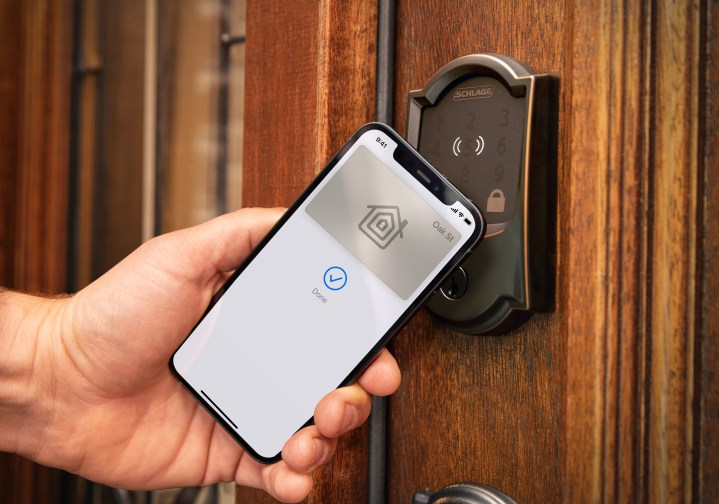 Schlage Encode Plus with home keys phone tap to unlock.Future UWB-enabled Home Key locks offer significant improvements over existing Bluetooth-based solutions, making the 16e’s lack of UWB support a future-proofing concern.
Schlage Encode Plus with home keys phone tap to unlock.Future UWB-enabled Home Key locks offer significant improvements over existing Bluetooth-based solutions, making the 16e’s lack of UWB support a future-proofing concern.
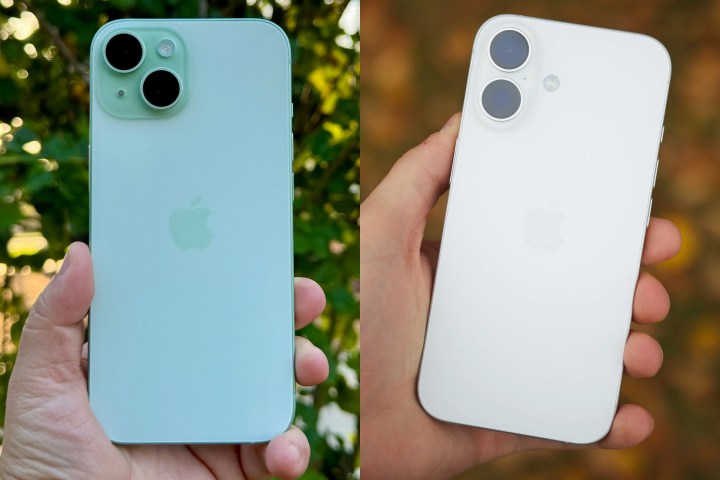 Composite shot of an iPhone 15 and iPhone 16 being held in hands.
Composite shot of an iPhone 15 and iPhone 16 being held in hands.
While the iPhone 16e offers Apple Intelligence at a lower price point, the compromises in features are substantial. The iPhone 15 and iPhone 16 provide considerably more value for the slightly higher cost, offering crucial features like UWB, dual cameras, and MagSafe charging. Apple’s prioritization of Apple Intelligence at the expense of other essential features in the iPhone 16e raises questions about its overall value proposition. Only time will tell if the market embraces this trade-off.



